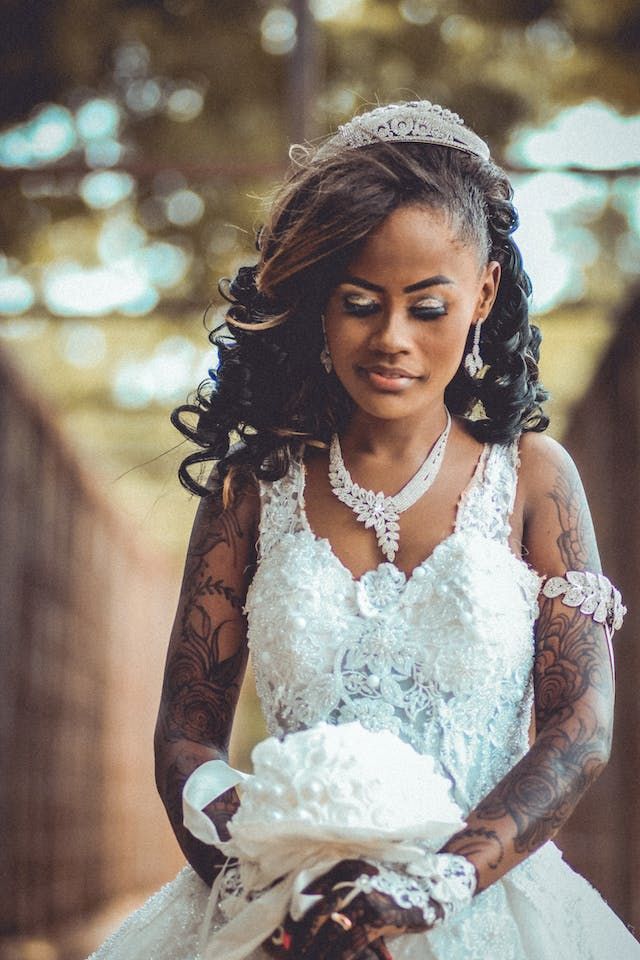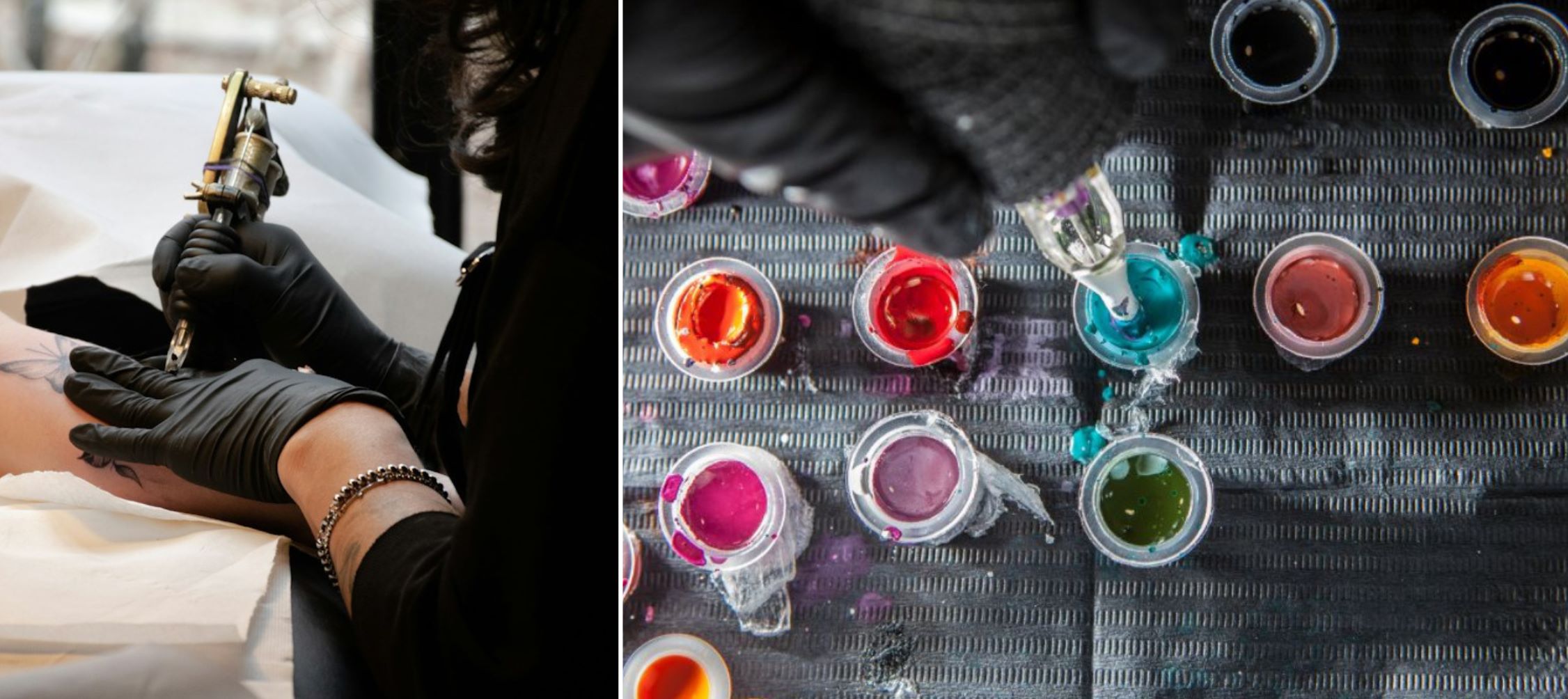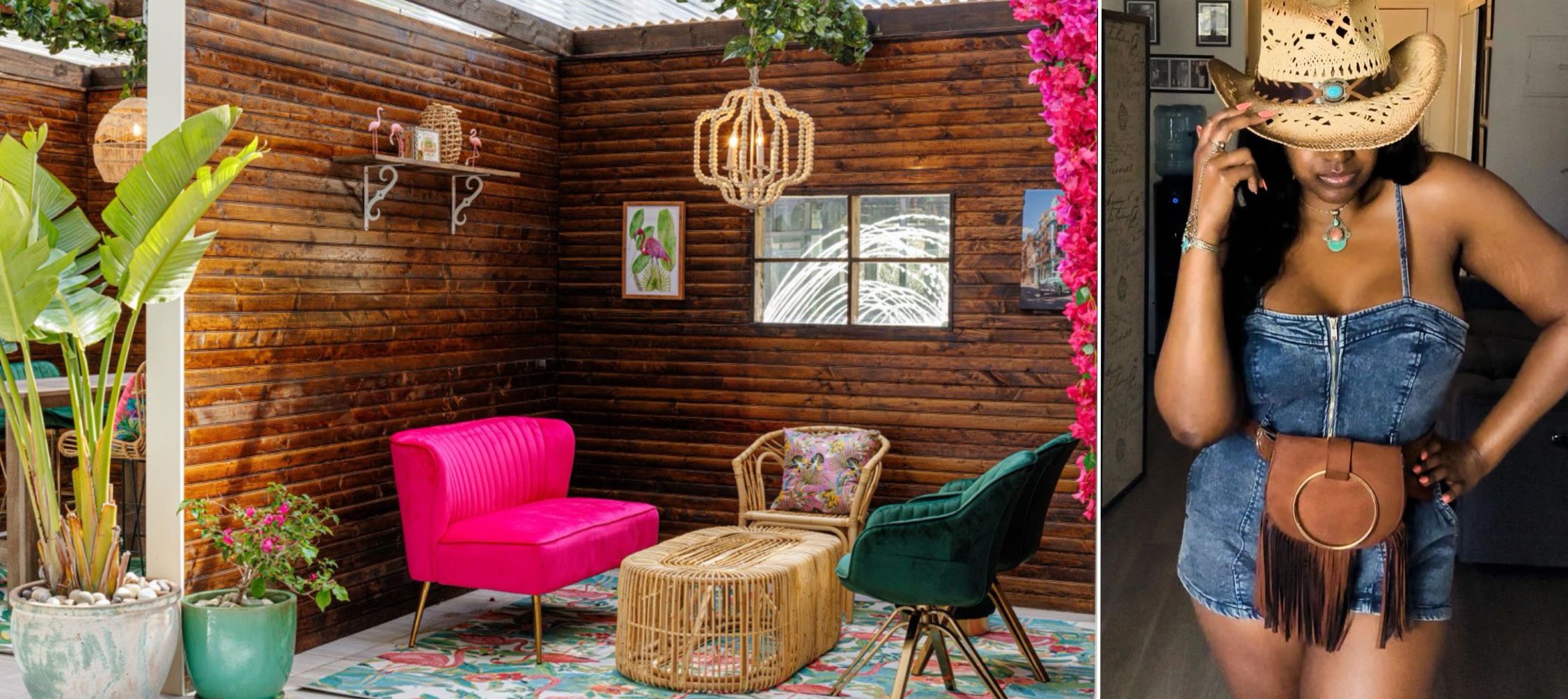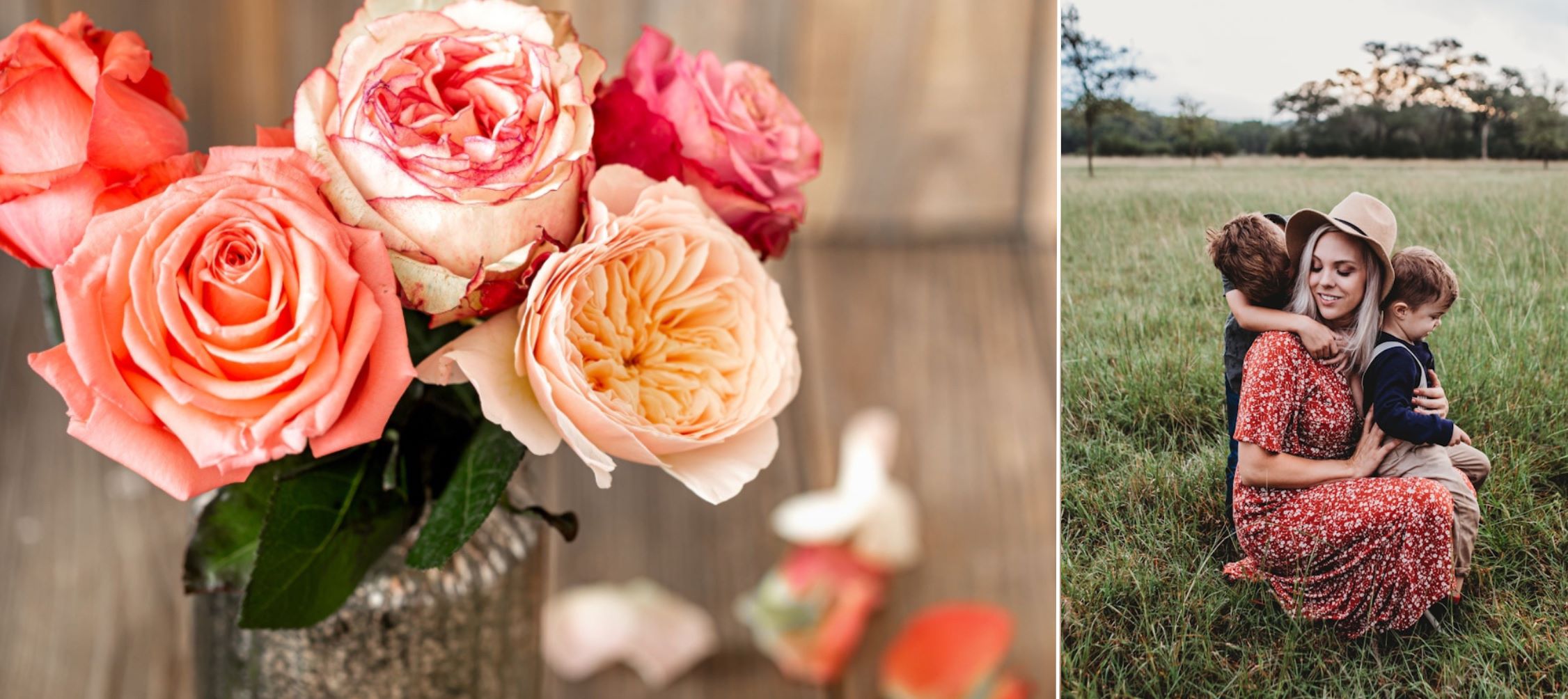Before you settle into the tattoo chair to get inked up, there are some crucial considerations you need to take into account. After settling on a design and its placement on your body, you need to decide whether you will opt for a black and grey or color tattoo. This decision plays a significant role in defining the overall aesthetics of your body art. Both these styles have unique attributes that appeal to different tastes and preferences. Black and grey tattoos are known for their timeless elegance, intricate detailing, and depth. On the other hand, color tattoos offer a splash of vibrancy that brings designs to life with a vivid palette. As such, it can be quite challenging to decide which style suits you best. Learning how to decide between black and grey vs. color tattoos will ensure you walk out of your next appointment with permanent art you love.
Tattoo Style
The tattoo style you choose plays a pivotal role in the overall aesthetic of your body art, with certain styles popping more when inked in color or black and grey. Black and grey tattoos often lend themselves well to styles that emphasize depth and detail, such as realism or portraiture. The monochromatic palette allows for an intricate play of shadows and contrasts, creating a stunning depth of field. On the other hand, color tattoos can be ideal for styles that thrive on vibrancy and diversity, like traditional or neo-traditional. These styles utilize a wide range of colors to bring designs to life, making them pop with vivacity. Therefore, understanding the nuances of different tattoo styles can help you decide between black and grey or color tattoos.
Your Skin Tone
Your skin tone is another crucial factor to consider when deciding between black and grey or color tattoos. Different colors show up differently on various skin tones. For instance, certain colors might stand out more on fair skin, while others may look more vibrant on darker skin tones. Black and grey tattoos tend to work well across all skin tones, their monochromatic scale providing a stark contrast that stands out. Color tattoos, however, require careful consideration of your skin tone to ensure that the chosen colors will show up as intended. If you’re not sure which style will suit your complexion, consult a professional tattooer who understands the best techniques for tattooing on dark skin and fair skin.

Your Existing Tattoos
Considering your existing tattoos is also essential when deciding on your next piece of body art. If you already have tattoos, think about how your new tattoo will fit with the existing ones. Will it complement them or clash? Black and grey tattoos can often blend seamlessly with existing tattoos due to their neutral palette. However, color tattoos can create a visually striking contrast against black and grey pieces, or they can add to a vibrant collection of colorful tattoos. It is all about achieving a balanced aesthetic that aligns with your personal style and preferences.
Budget and Time
Lastly, your budget and time availability play significant roles in your tattoo decision. Generally, color tattoos can take longer to complete than black and grey ones because of the additional time needed to mix and apply multiple colors. As a result, they may also cost more due to the extra time spent in the tattoo chair. While black and grey tattoos still require skill and precision, they can often be completed faster due to their monochromatic palette. Therefore, you must consider your budget and the time you are willing to dedicate to the tattooing process when deciding between black and grey or color tattoos.









